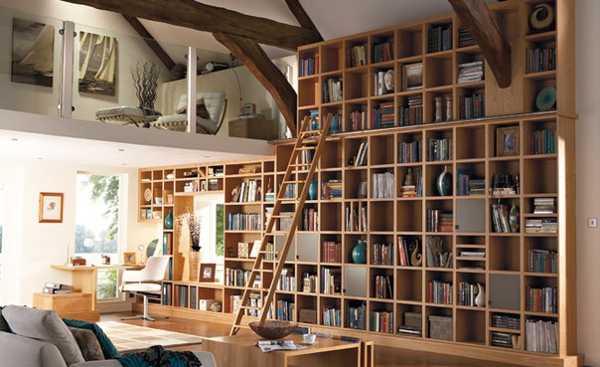A living room may be used for everything from entertaining guests to relaxing with family in front of the TV or even for casual conversation and reading a book quietly. This is a purely functional room, but not all living rooms are designed for functional use. The good news is that the functionality of this space can be dramatically improved by following a few important steps.
Utilize Vertical Space
Many people decorate this room on a vertical level, and this means that the floor space may be covered or even cluttered and overused while the upper areas of the room may not be used adequately. By adding a few vertical features to the space, it is possible to free up some space and to give the room an airier feel. For example, consider how adding a bookcase or a tall entertainment cabinet rather than long features can improve the look of the space and can free up square footage on the floor.
Improve Living Room Lighting
Lighting can make a living room less functional than it could be, and adding new fixtures or enhancing existing fixtures as needed can be beneficial. Consider that there may be times when bright, direct light is needed in the room, and there may be other times when indirect or ambiance lighting is needed. Improving lighting in the room by adding a dimmer switch to overhead lighting as well as by adding floor or table lamps in strategic locations can be beneficial.

Add Storage Features
The functionality of the living room can be decreased due to clutter. This can detract from floor space for foot traffic or additional furniture pieces, and it can decrease space on tabletops and other features. Some items are needed in the room, however. Adding storage features can give all of the pieces that are creating clutter a place of their own. This can keep the area organized, free up space and improve the flow of traffic in some cases.
Clear Away Unused Items
While some areas may need to remain in the room, other items may not be needed in the space. For example, some people will use extra floor space in the living room to store items that simply do not have a place of their own in the home. This can make the room look cluttered and smaller in size without reason. A smart idea is to remove the items that are not needed for functional use of the space or for relaxation. Place them in a room where they are used, or find a space in a closet, garage or other storage area for them. If they are not used or needed, donating them to charity or tossing them is a great idea.
Create a Path for Traffic
While it is important to design a living room that is functional for entertaining and relaxing, it is also important to consider that some living rooms are used as a pathway to reach other areas of the house. Many people do not consider foot traffic in the living room when thinking about functionality, but this is often a room that has a central location in a home with significant through-traffic. Clearing paths between the doorways to allow convenient flow is beneficial.
Creating a functional living room sounds challenging. However, these are simple steps that are easy to implement today, and they can have a dramatic improvement on the functionality of a living room.

